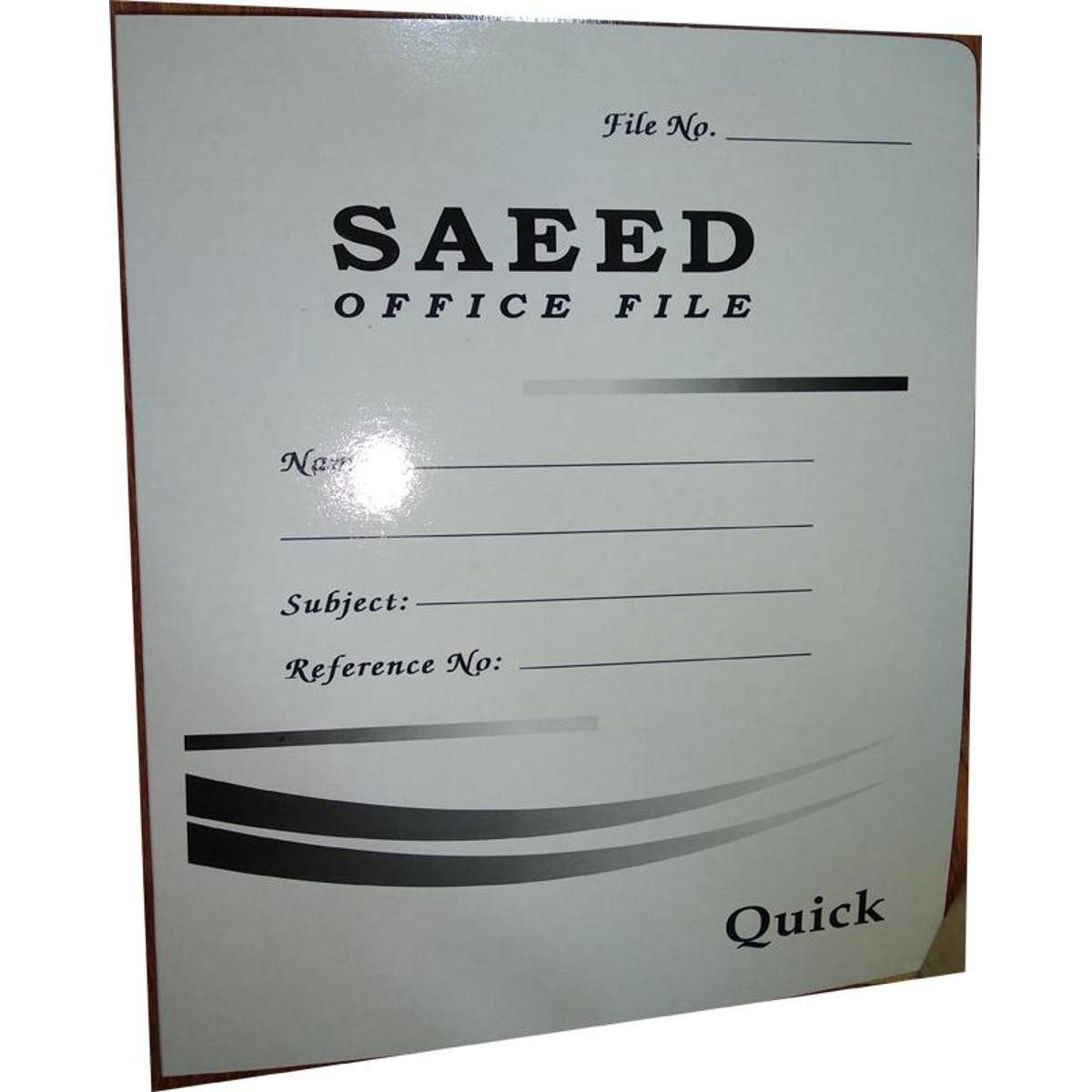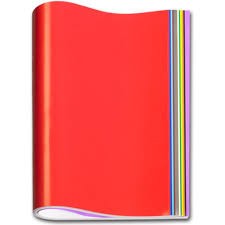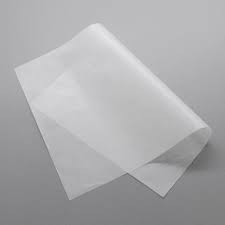

-
PKR 50.00
-
PKR 1,300.00
-
PKR 220.00
-
PKR 150.00
-
PKR 160.00
-
PKR 120.00
Reviews & Ratings
A card file, also known as an index card file or card index, is a system used to store and organize information on index cards. Here are some common uses for card files:
1. Research notes: Record and organize research notes, sources, and citations.
2. Bibliography management: Store references, authors, and publication information.
3. Contact management: Keep track of contacts, addresses, and phone numbers.
4. Customer records: Store customer information, orders, and interactions.
5. Inventory management: Track inventory levels, product information, and stock levels.
6. Library cataloging: Organize book titles, authors, and shelf locations.
7. Recipe organization: Store recipes, ingredients, and cooking instructions.
8. Medical records: Keep track of patient information, medical history, and treatment plans.
9. Genealogy research: Organize family history, names, dates, and relationships.
10. Study aids: Create flashcards for studying, memorization, and exam prep.
Card files are useful when:
- You need to store and organize small pieces of information
- You want to create a quick reference system
- You need to categorize and cross-reference information
- You prefer a tactile, hands-on approach to organization
- You want a simple, low-tech solution for data management
Card files can be physical (paper-based) or digital, using apps or software to mimic the card file system.
Frequently Bought Products
-
PKR 50.00
-
PKR 1,300.00
-
PKR 220.00
-
PKR 150.00
-
PKR 160.00
-
PKR 120.00








